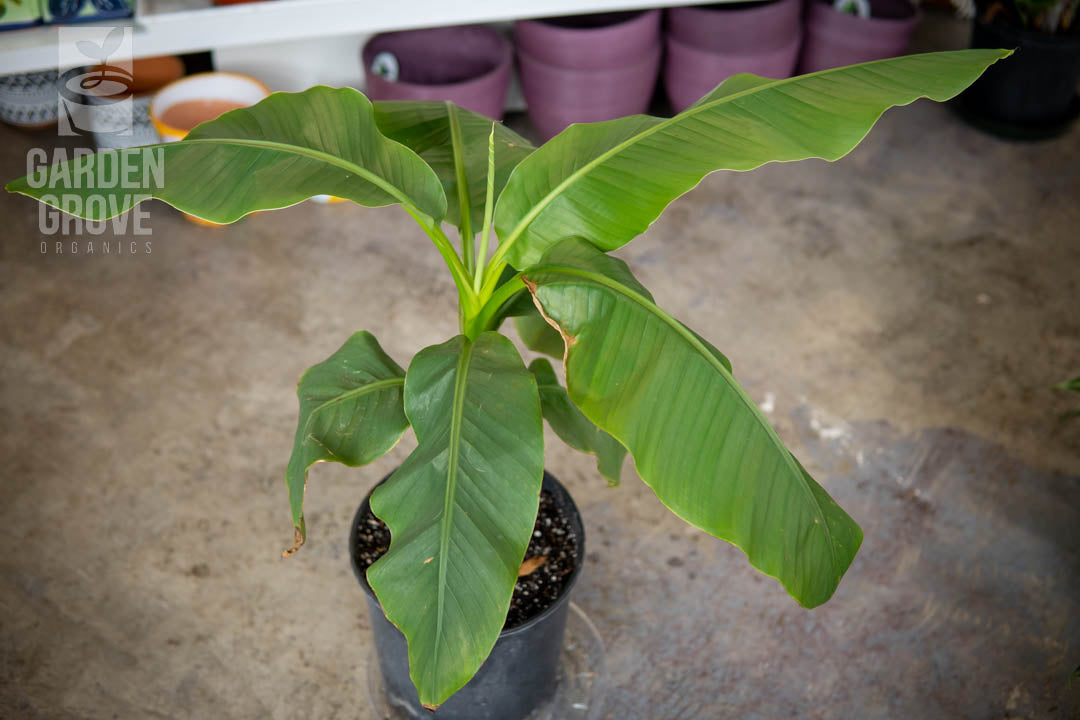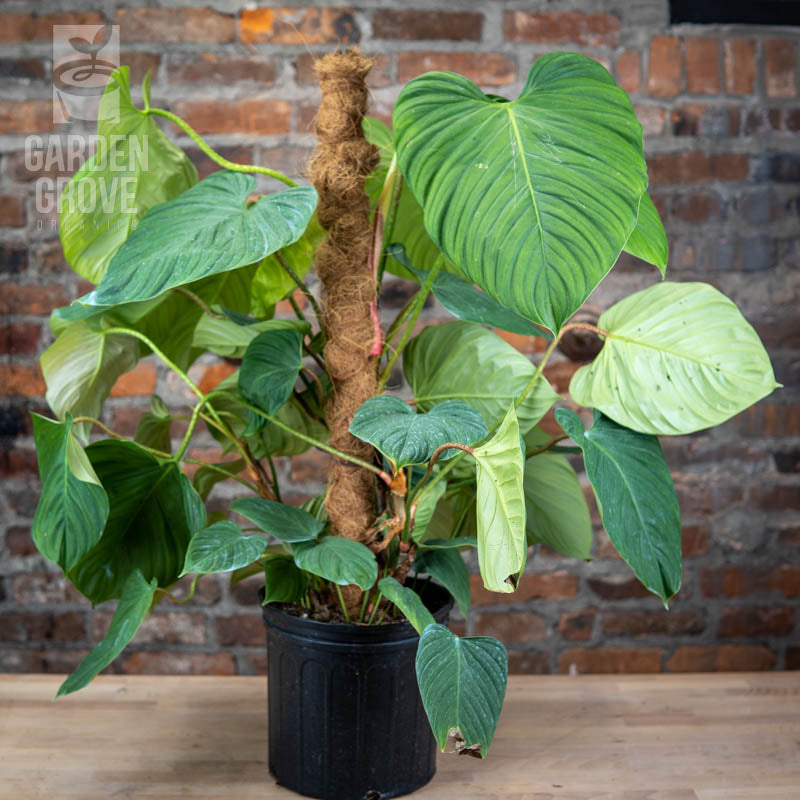Description
Musa basjoo, commonly known as Basjoo Banana or Japanese Fiber Banana, is a large, fast-growing banana plant that is native to the Ryukyu Islands of Japan. It is widely cultivated for its ornamental value, as well as its ability to withstand cooler temperatures compared to other banana varieties. Here’s an overview of Basjoo Banana:
-
Size and Growth Habit: Basjoo Banana is a large plant that can reach heights of 6 to 12 feet (1.8 to 3.7 meters) and even taller in optimal conditions. It has a robust, upright growth habit with broad, paddle-shaped leaves that can measure up to 2 to 6 feet (0.6 to 1.8 meters) in length. The leaves are green and deeply lobed, giving the plant a tropical and exotic appearance.
-
Cold Hardiness: One of the notable characteristics of Basjoo Banana is its exceptional cold hardiness compared to other banana varieties. It can withstand temperatures as low as -10 to -20°F (-23 to -29°C) when properly mulched and protected. This makes it suitable for growing in regions with colder climates where other banana plants would not survive.
-
Sun and Soil Requirements: Basjoo Banana thrives in full sun to partial shade. It requires at least 6 to 8 hours of direct sunlight per day to ensure healthy growth. As for the soil, it prefers well-draining, fertile soil with a slightly acidic to neutral pH. Amending the soil with organic matter such as compost can improve its moisture retention and nutrient content.
-
Watering: Basjoo Banana has moderate water needs. It prefers consistently moist soil but is sensitive to overwatering, which can lead to root rot. Water the plant deeply and allow the top inch or two of soil to dry out before watering again. Mulching around the base of the plant can help retain soil moisture.
-
Fertilization: Basjoo Banana is a heavy feeder and benefits from regular fertilization. Apply a balanced, slow-release fertilizer formulated for bananas or general-purpose fertilizer with a ratio of NPK (nitrogen, phosphorus, potassium) of around 10-10-10. Follow the package instructions for application rates and frequency. Fertilize during the growing season to promote healthy growth and fruiting.
-
Propagation: Basjoo Banana can be propagated through suckers or divisions. Suckers are new shoots that emerge from the base of the plant. When they have developed a few leaves and roots, they can be separated from the parent plant and replanted. Divisions can be made by carefully dividing the rhizomes of mature plants.
-
Pruning: Pruning is generally not necessary for Basjoo Banana unless you want to manage its size or remove dead or damaged leaves. Remove any brown or withered leaves as needed. It’s important to note that Basjoo Banana produces only one main stem, so it doesn’t form a clump or offset like some other banana varieties.
-
Fruit Production: Basjoo Banana is primarily grown for its ornamental value and cold tolerance rather than for its fruit. While it can produce small, seedy fruit, they are generally not considered edible due to their undesirable taste and texture. If you’re looking for a banana plant for fruit production, other varieties are more suitable.
Basjoo Banana is a fantastic choice for adding a tropical touch to gardens in colder climates. Its large, dramatic foliage and cold tolerance make it a popular plant for both landscapes and container gardens. With proper care and protection during colder months, Basjoo Banana can provide years of lush greenery and exotic appeal.




Reviews
There are no reviews yet.